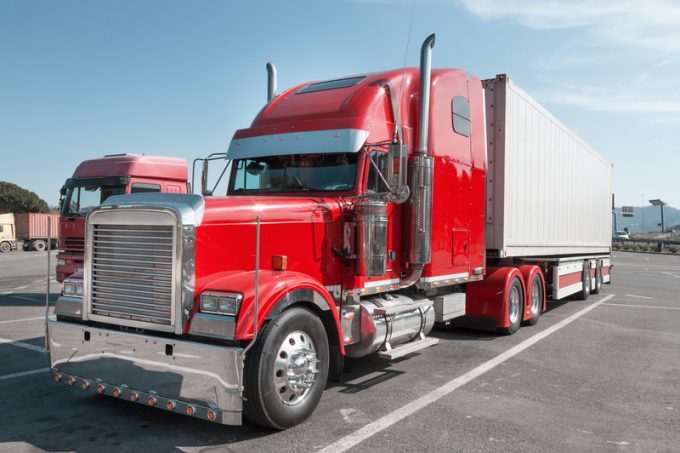US shippers slam USTR port fee plan – 'an apocalypse for trade'
The Trump administration’s plan to revive US shipbuilding by levying hefty fees on China-built or ...

Deliveries of appliances, furniture and other bulky items in the US have been growing at a rapid clip, but Schneider National has stepped on the brakes.
Declaring that the segment’s long-term prospects are not looking favourable, the trucking giant announced last week it would bring down the curtain on its First to Last Mile service launched three years ago to target this market.
The operation, which involves 26 terminal locations, will be wound down before December 31.
Schneider has struggled with this service, ...
Maersk u-turn as port congestion increases across Northern Europe
Apple logistics chief Gal Dayan quits to join forwarding group
Transpac rates hold firm as capacity is diverted to Asia-Europe lanes
Maersk Air Cargo sees volumes fall as it aims for 'margin in favour of revenue'
Houthis tell Trump they will end attacks on Red Sea shipping
Airlines slash freighter capacity post-de minimis, but 'the worst is yet to come'
MSC revamps east-west network as alliance strategies on blanking vary
India-Pakistan 'tit-for-tat' cargo ban sparks sudden supply chain shocks


Comment on this article